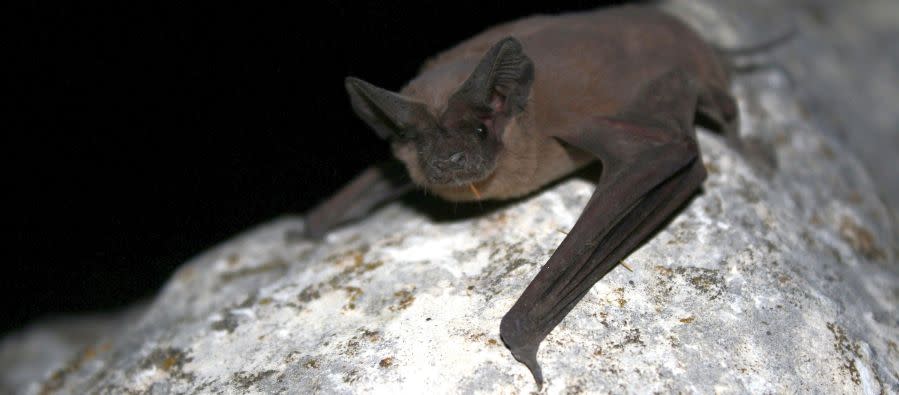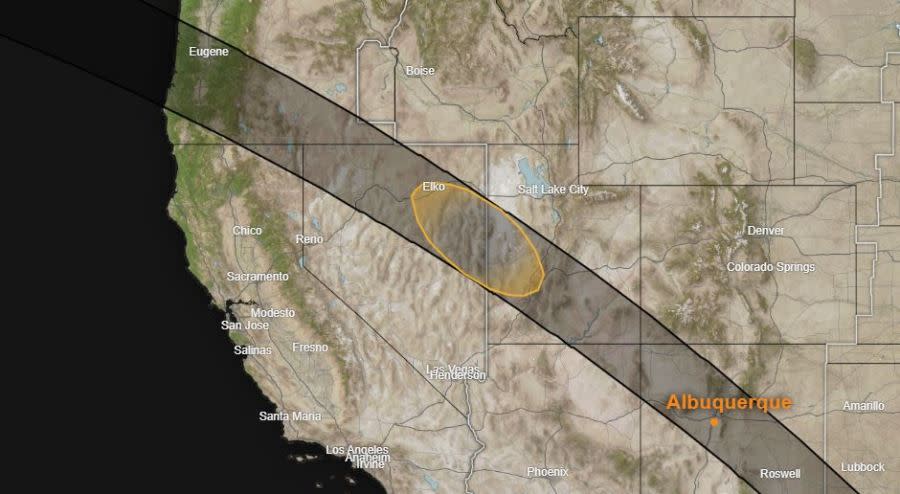Will bats emerge in darkness of eclipse? Great Basin National Park waiting to see

LAS VEGAS (KLAS) — An estimated 4,000 eclipse watchers are expected to flood into Nevada’s White Pine County for Saturday’s “ring of fire” eclipse. That’s the equivalent of the entire population of Ely, the county’s largest town.
Great Basin National Park is considered “prime astronomical real estate” to see the annular eclipse, and there’s another question that has come up. What will the park’s bats do when the sky goes dark? Officials are waiting to see.
“Watching, maybe listening is a better word,” according to Brian Hamilton, Integrated Resource Program Manager at Great Basin.

Hamilton said he is using accoustic sensors to monitor bats’ activity during the eclipse. They typically come out at night to eat insects. A Mexican free-tailed bat — one of the most common species at Great Basin — can fly 100 miles in a single night as it searches for food.
“A colony of 10,000 bats, a modest number as bat colonies go, can consume over 300 pounds of insects in one evening,” according to the park’s website.
The eclipse will reach its peak at Great Basin National Park just before 9:30 a.m. Free eclipse glasses will be available at the park’s two visitor centers. Parking is expected to fill up fast and officials urge everyone to be patient.

A recent cold snap could mean many of the park’s bats have already migrated to warmer climates.
Hamilton said there has been some thought that bats will come out, and not all bats migrate. While the Mexican free-tailed bats might be gone by now, western big-eared bats are still around. They hibernate in caverns in Great Basin.
How to take photos of the eclipse without damaging your phone, camera
Bats range in size from the world’s smallest mammal, a bat the size of a bumblebee, to bats with 6-foot wingspans. Bats make up 20% of the world’s mammal population, according to the website.
“Bats are in trouble everywhere,” according to the National Park Service. “Within the last 40 years, bat populations have declined dramatically. Many bat colonies have been devastated due to interference by man. Insecticides and other poisons have been introduced into the bats’ food chain. There has been severe loss of habitat for bats.”
For the latest news, weather, sports, and streaming video, head to KLAS.

